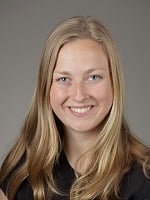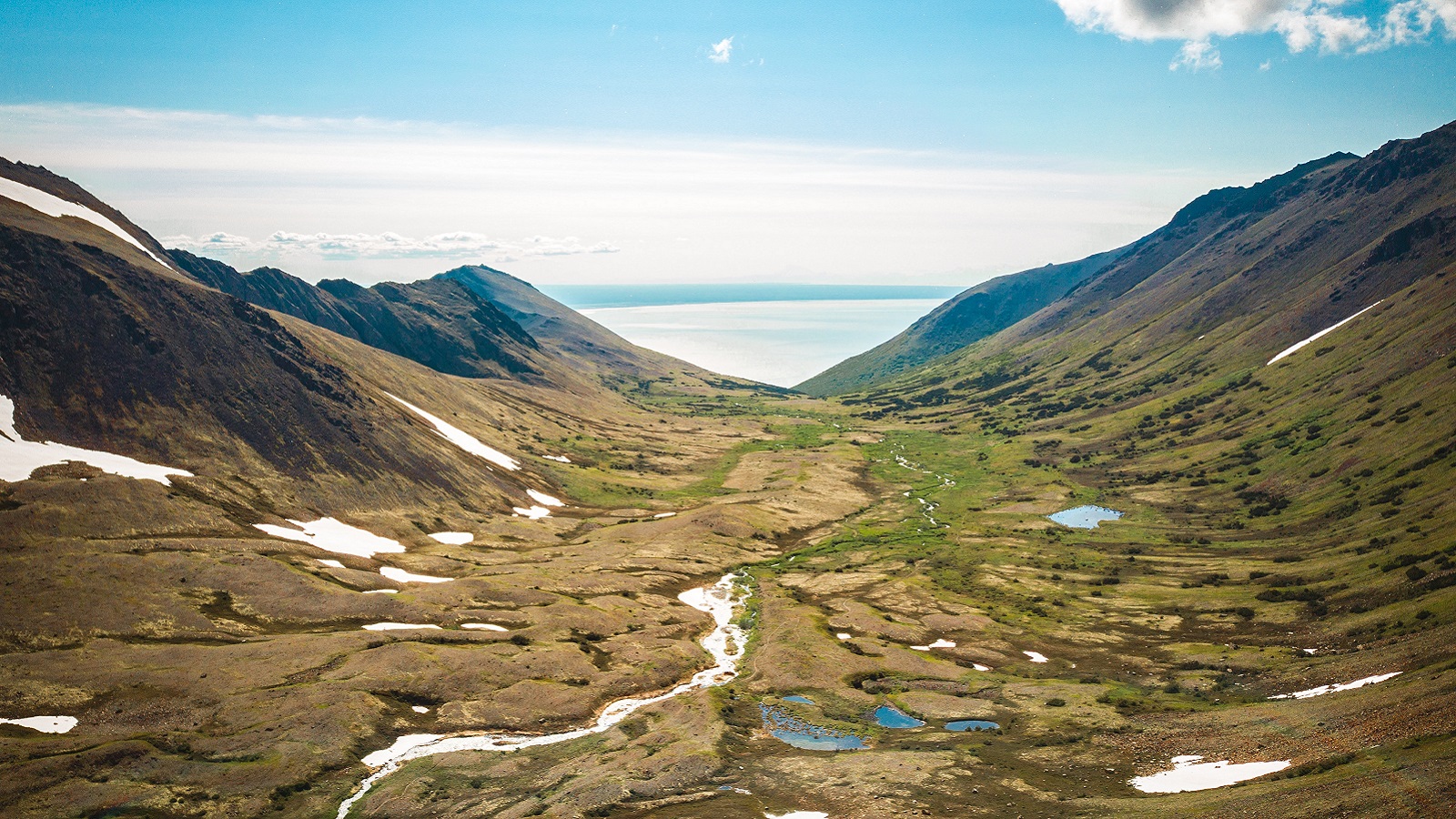I arrived in Valdez, Alaska in mid-February as a visiting third year medical student and was quickly immersed in full-scope Family Medicine. I was learning in a myriad of settings: seeing patients in clinic for routine primary care, evaluating a trauma in the emergency room, assisting with vaginal and cesarean deliveries, and rounding on inpatients in the 11-bed critical access hospital. Six Family Medicine physicians provide comprehensive care here in a town of 4,000 residents, more than 300 road miles from the next hospital, in a census area where the population density is 0.3 persons per square mile. Throughout my experience I was struck by these doctors’ comfort in such a wide range of situations and the versatility of their skills.
Early on in my rotation, reported COVID-19 cases in the United States were a few dozen and the virus a quiet threat, but one that was not ignored by the physicians here. During their lunch breaks, they were attending daily meetings with hospital administrators, the public health nurse, the nearby Coast Guard station, emergency medical services, and other community representatives to develop detailed plans and preparations. They attended evening town council meetings to discuss town health mandates. They were leaders to clinic and hospital staff in announcing updates and frequently changing protocols.
By the time the virus was declared a pandemic by the World Health Organization on March 11, 2020, an isolation ward had been created in the hospital, drive-through testing was set-up in the ambulance bay, and templates for homemade masks and isolation gowns were done. As the first case was announced in Alaska on March 14th, preparations began on an alternative care site, and simulation drills were organized to refresh and educate physicians and nurses on ventilator management. Comfort in dealing with novel and challenging situations, which I had witnessed prior to the escalating COVID-19 situation, made these physicians particularly well-suited for adapting to unprecedented times. Protecting their patients from this new virus became another part of their responsibility and ability to serve the community as Family Medicine physicians.
When the virus cancelled my next medical school rotation, I decided to stay in Valdez to continue to learn alongside my preceptors how a small community with limited resources prepares for a deadly pandemic. Based upon epidemiological modeling using Penn Medicine’s CHIME model, we predicted that the hospital could see a peak surge of over 250 hospitalizations without mitigation, but with 75% physical distancing in the community, the peak could be reduced to 9 hospitalizations—very manageable, even without the alternative care site beds that were in preparation. With the help of a strong communication campaign, the community responded quickly to a shelter-in-place proclamation. An informal survey showed that a majority of individuals ended contact with others outside of their immediate household.
In the clinic, appointments were transitioned to telemedicine, which required the physicians to adapt to a new platform of practice and use creativity to work around the limitations, particularly the absence of a physical exam. Especially impressive to me was seeing the trust patients had in their providers. I had doubts that telemedicine would serve the entire population, particularly those patients with limited experience using smartphones or computers, who may have never participated in a video chat. However, patients showed a similar flexibility to their providers, willing to give it a try and working with clinic staff to figure out how to join the virtual waiting room. Despite the unfamiliar communication tool, once patients saw the familiar face of their primary care provider, they seemed to settle into this ‘new normal’ with ease.
As of this writing, there have been no positive tests in Valdez, Alaska for COVID-19. Valdez has a number of advantages: the location is geographically isolated; there was an early response with a robust task force; and the city has resources to dedicate to thorough preparations, including clear communications with residents. As a future physician, I observed how the breadth of Family Medicine training and experience that made these physicians such exceptional rural medicine providers also made them valuable leaders, working with others in the city to achieve rapid disaster preparedness and gaining community support for mitigation of virus transmission.
**Feature photo by Andrew Hanson from Pexels
Interested in contributing to the Harvard Primary Care Blog? Review our submission guidelines
Interested in other articles like this? Subscribe to the Center's bi-weekly newsletter

Elsa Lindgren is a medical student at the Geisel School of Medicine at Dartmouth in the Class of 2021. She is a Geisel Rural Health Scholar with interests in rural medicine and community health.
- Share
-
Permalink


